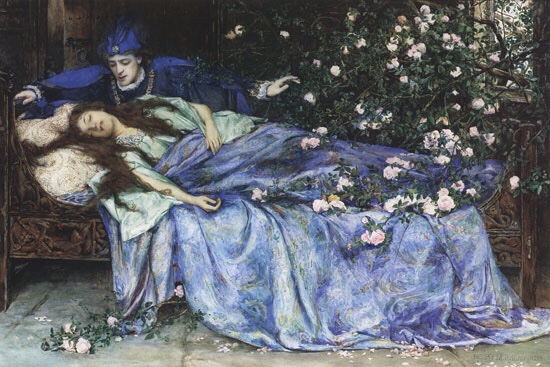Everyone on the planet is familiar with dreaming to someone extent. So why has something as common as dreaming been baffling scientists for centuries? Hypotheses surrounding the purpose of dreams have been forming since societies in Ancient Greece and Egypt started pondering the phenomenon. The truth is that we still do not have any conclusive evidence to support why dreaming occurs.
Before we dive into theories about dreams, here are a few tidbits of information that are currently believed to be factual:
1. Eyes are not necessary for dreaming.
Many people assume that blind people do not dream, but since dreams are made up of emotions, ideas, and sensory perceptions in addition to images, blind people have no issues dreaming.
2. Dreaming is involuntary, but it can be controlled.
Everybody dreams whether they remember it or not. We cannot avoid dreaming, but if we become aware of the fact that we are dreaming, it is possible to control what you dream of. This is called lucid dreaming and it often requires practice.
3. You cannot read or tell time in dreams.
This one is more difficult to prove, but studies show that most people cannot actually read or tell time while they are dreaming, at least not accurately. You can dream that you are reading, but it is more of an appearance than an actual action— similar to how an actor in a movie may appear to be reading, but they are not actually taking in any information from the book.
4. Dreaming does not only occur during Rapid Eye Movement (REM Sleep)
REM is when our most vivid dreams occur, but our minds remain active all throughout our sleep cycles.
5. Television affects our dreams.
In the 1940s, three quarters of Americans hardly if ever saw color in their dreams. Once color was introduced to television, the percentage of people who dream in black and white had dropped to 12 percent.
6. Babies cannot dream about themselves.
Babies lack self awareness and they usually see themselves as an extension of their parents. Babies will not appear in their own dreams until approximately 15-24 months old.
Now that we have gone over a few facts, let’s explore some theories that attempt to explain why we dream:
1. Dreaming sorts information.
The human brain is taking in mass amounts of information every single second. Some people believe that dreaming is the brain’s method of sorting through information and deciding what to keep.
2. Dreams reflect emotions.
Your emotions have everything to do with how you handle daily life, and many people believe that dreaming helps you cope with and understand your emotions.
3. Dreams are random.
There is a theory that dreams are nothing but chemical reactions that have no purpose at all.
4. Dreams investigate memories.
There is a belief that dreams occur to thoroughly investigate memories of events that you could only pay attention to for a few seconds during your waking hours.
5. Dreaming is supernatural.
The ancient Greeks and Egyptians believed dreaming was a method of supernatural communication with divine spirits.
6. Dreams represent your subconscious self.
This is one of the most popular beliefs about dreams. This theory was popularized by Freud and states that dreams are unaffected by our conscious restrictions which ultimately reveals our primal and unfiltered thoughts and urges.
7. Dreams are symbolic.
This theory combines Freud’s ideas with other psychological experts’. This theory suggests common dreams hold deep symbolism for the dreamer.
Some popular examples include:
⁃ Teeth falling out: you feel a lack of control.
⁃ Death: you desire or are experiencing a new beginning.
⁃ Being chased: you feel threatened.
⁃ Nudity: you feel vulnerable.
I hope you enjoyed this blog post. I find it to be so crazy that we still don’t have any solid answers as to why dreaming occurs. Personally, I think these theories have their merits, but I don’t 100% believe in one single theory. I think some of the theories go together hand in hand and make more sense that way. Now I want to know what you think. Leave a comment and let me know what your opinions about dreams are.
Feel free to keep up with me on Twitter: @MegRoylee




































